|
by Juliette Abigail Carr It seems like folks have a hard time making a really good milky oats tincture. When I teach advanced tincture making, we always discuss past “failures” or at least tinctures that didn’t turn out how students expected, since there is more space to learn from our mistakes than from easy successes. Milky Oats is one that comes up often, so I’m going to explain the little tricks to growing it and making medicine. Oat (Avena sativa) is beloved as a restoring, nutritive nervine tonic (medicine whose effects build slowly over time). In women’s health we cherish oat for its properties as a mineral rejuvenator and protector against adrenal exhaustion -- goodbye postpartum depression! Hello restful sleep, coping skills, and an end to feeling stretched too thin, exhausted, and sapped of vitality. As an antidepressant nervine it has a grounding, moistening effect for folks who feel burnt out, dried up, and frazzled. It is a nurturing rejuvenator to the nervous system and adrenal glands, kidney and liver function, and it restores the minerals your body needs for your heart, muscles, bones, and nerve transmission to work well. It bestows a feeling of general well-being to those of us lucky enough to bask in its welcoming green glow. As is common, the tea is a gentler, more long-term builder known for its mineral-related actions, while the tincture is stronger and more known for antidepressant and nervine actions. Planning Ahead Milky Oats tincture must be made from fresh herbs -- a tincture of dried herbs is just an oat tincture. “Milky” refers to the whitish goo (latex) that comes out of the fresh, unripe seed when you squeeze it. The goo is only there for a short time as the plants mature, so you have to check it regularly once the seeds appear and be ready to tincture. I think this is the biggest barrier to making a Milky Oats tincture: where do you get fresh Milky Oats? The answer is pretty simple -- either grow them yourself, talk a friend into growing them for you, or buy them fresh from a local herb farm. When to Plant Oats Oat is a short-season, cool weather crop. Once the weather gets hot it does its baby-making thing and goes to seed, which means you missed the milky stage. Oat is direct-seeded as soon as the ground can be worked, which here in Vermont is April but for many people is March. I often plant oats the day I plant peas or soon after; the minimum soil temperature for germination is 45 degrees F, and in the mid 50’s you start to get poor germination and you’re likely to run out of time to get your oats to the milky stage before hot weather hits. If you missed planting for this season, don’t despair! You can try again for a fall crop, which is harder to time but still works. Plant your oats in a spot that is shady in early fall but sunny in late fall, like immediately north of your corn. You can also hang up some burlap to help provide some shade, then take it down when the weather cools. Again, your soil temperature should be between 45 and 55 degrees F for germination, so hang up your burlap before you sow if you’re doing it that way. Mulching heavily with straw helps keep the soil cooler. Where to Plant Oats Oats make a great spring cover crop, so consider planting them in a spot that went weedy last year, or in an area new to cultivation. Oat is in the grass family (Poaceae) and it does reasonably well against all the nasty invasive grasses I’m always fighting to get out of the gardens. I think of it as an in-and-out crop, like peas or radishes, in that it’s there and gone before my heavy hitter crops like corn and tomatoes are even a twinkle in the season’s eye. Oats are kind of tall so you can use them to create interesting microclimates for early season crops. I plant short-season Brassicas north of the oats, because it’s sunny when the weather is cool, and by the time the oats are tall enough to cast shade over the Brassicas, the weather is warm enough that without a little shade I’d be fretting about the broccoli bolting before it sets nice florets. Avoid this for the long-season Brassicas like cabbage and Brussels sprouts because the oats will be cut down long before those crops are ready. Oat is a great tool for succession planting, as it lays down a beautiful nitrogen-rich weed-free layer of mulch for your hot season crops. I like to plant my hottest hotties in the oat patch in June–last year it was watermelon, and let me tell you it was BEAUTIFUL not having to weed the watermelon. How to Plant Oats I recommend tilling the ground in the fall for a few reasons: 1. you can get your seed in the ground literally as early as possible in the spring, mud be damned; and 2. it buys your crop a head start against last year’s weed seeds, especially grass. If you didn’t till in the fall, know that you will most likely have to make a decision in March or April to either prep the bed by hand or wait until the ground dries out enough for the tiller–but then you’re gambling on the soil temperature for germination, which is often well into the high 50’s by the time the soil dries out, around here anyway. To prep the bed by hand, turn the soil with a shovel, weeding as you go; when the soil is as turned as it’s going to get, follow instructions below. 1. Before planting oats, use a scuffle hoe or stirrup hoe to make the soil as level and fine as you can get it, even if the soil was recently tilled. The more level and fine your soil is, the better your oats will germinate. If you don’t have the right hoe you can use a hard rake, but then please get yourself a good hoe with your tax refund. 2. Sow your seeds (your cultivated oats, I suppose) by scattering them thickly across the surface of the soil using both hands or a seed spreader. The birds are going to eat some of your seeds, so really, spread them thick. Use a hard rake or your hands to spread the oats as evenly as possible. 3. If you’re sowing a large area, walk across it gently to ensure good contact between the oats and the soil. If it’s a small area, you can pat them down with your hands. You don’t have to bury the oats, they’ll germinate just fine on the surface as long as they are pressed into the soil. Consider a scarecrow, bells, or old CD’s on strings to keep the birds out of the oats, although there’s a certain amount of seed that the seed-eaters will take as their due for their brethren who eat pest bugs, mice, rabbits, etc. and protect our gardens. Once I scared a fawn out of my oats, where her mother had hidden her for the day. That was neat, even with the crushed plants. How to Harvest Milky Oats The oats will be “milky” when the young unripe seeds have emerged but before they’re ripe (in other words, before they’re viable seeds). You know it’s time when the white goo (latex) comes out of the seed when you squeeze it. To harvest the seeds, you can either slide your fist up the stalks to pull off just the seeds, or use pruners or a scythe to cut the oats just below where the seeds start (this is faster but higher impact). Leave the greens standing so you can harvest oat straw later in the month. If you’re lucky and the spring is long, you are likely to get a second cutting of Milky Oats in a few weeks. 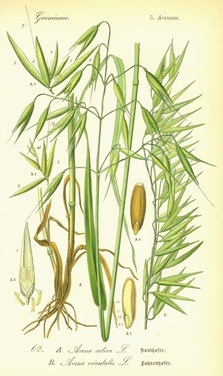 How to Tincture Milky Oats Tincture Milky Oats at 1:2 75% to get a little of that mineral goodness, or you can go as high as 1:2 95% if you are all about the antidepressant-ness and don’t care about the minerals at all. Remember that minerals are not soluble in alcohol, only in water. See my blog or any one of the excellent books on making herbal medicine if I’ve lost you here. The secret trick to Milky Oats is using a blender, food processor, or mortar (last resort) to get the plant matter (marc) to stay submerged under the liquid (menstruum). If you absolutely must, you can chop it by hand, but you lose a lot of the juicy goodness to the cutting board and it’s hard to get it smooshed up fine enough without extra help. To process the oats, hold a bunch in one hand and strip the seeds off by sliding your other hand down the stalks (save the greens for tea). You may have already removed the seeds, depending how you harvested them. Weigh your plant matter, then put it in the blender with the appropriate amount of alcohol and water and grind away. That’s it, congratulations, your tincture is going to be stronger and smarter and prettier than all its predecessors, and you and your family will have healthy nervous systems and a feeling of glowing well-being. Hooray! 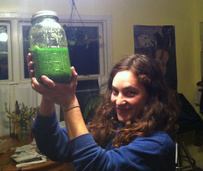 Juliette Abigail Carr is a clinical herbalist, farmer, and teacher in Newfane, Vermont. Her herb school, Old Ways Herbal, offers classes and in-depth apprenticeships in an open-air forest classroom. The farm sells at-risk and native plants, remedies, and the bounty of the homestead. Comments are closed.
|
Archives
November 2023
Categories
All
|
Join the Newsletter!
Receive news about future Herbstalk events
Thank you!
You have successfully joined our subscriber list.
Copyright © Herbstalk 2024
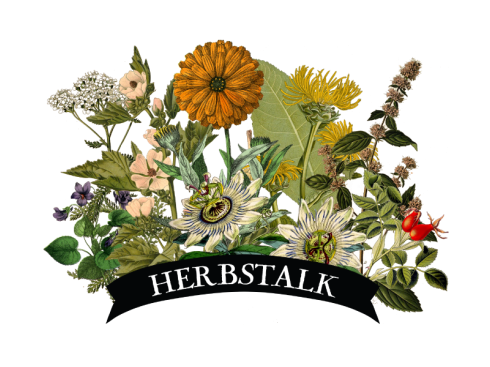
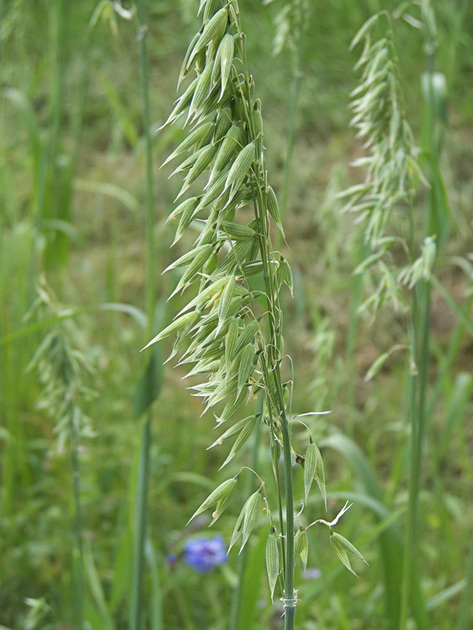
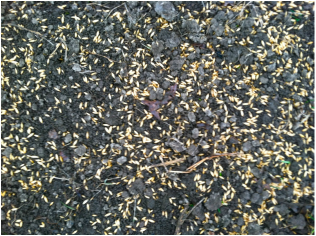
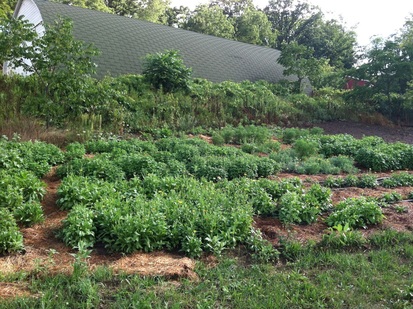
 RSS Feed
RSS Feed